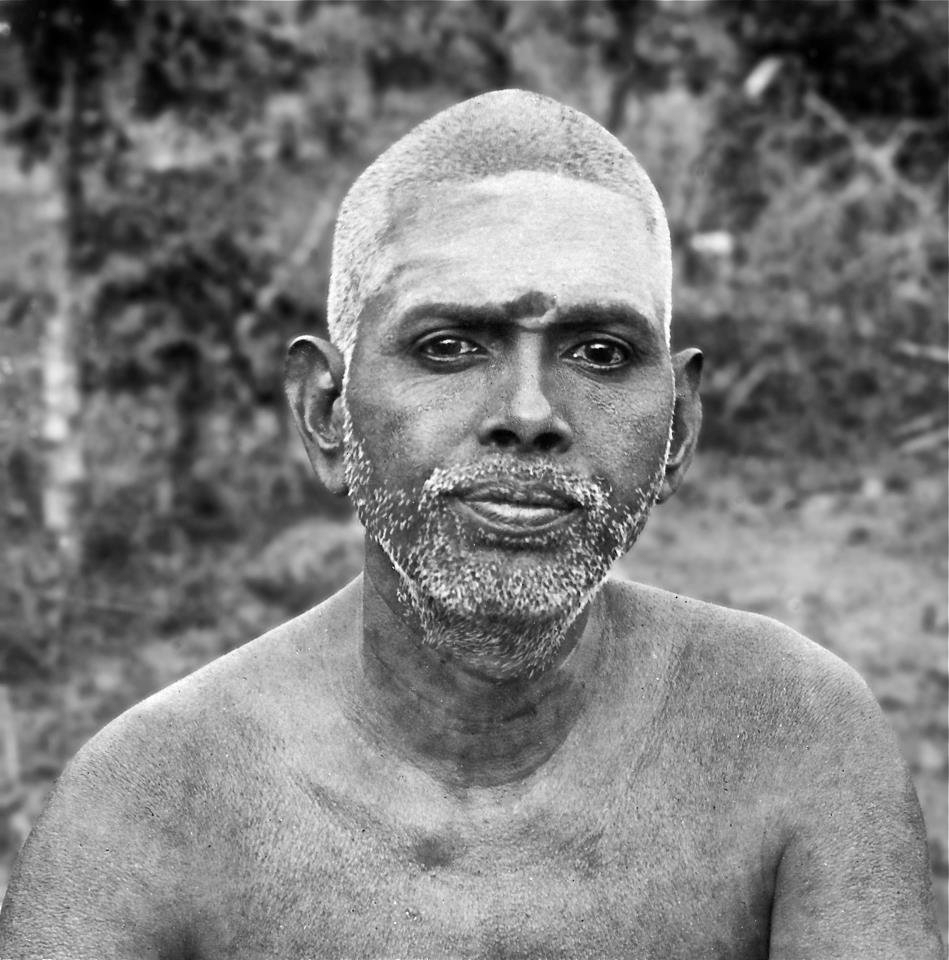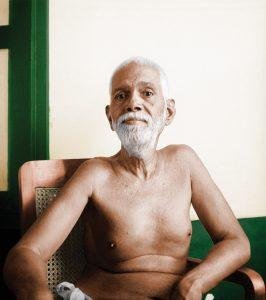
A Former Classmate Visiting Bhagavan
B.: Why all these fancy items? You yourself have family-members who are suffering from asthma: is that not so? Is this body more important than or in any way superior to those bodies? How is it that ignoring them you have brought this medicine over to me? If you give this to those who truly need it, they will feel happy. I have no use for such things. I cannot think “Oh! we are taking medicine for our good health.” and feel elated. [smiling, in demure fashion saying—] I hope you are not angry with me…!





























